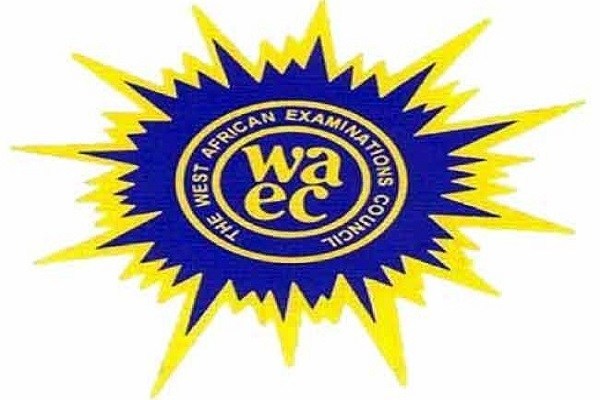Waec

(4a)
(i)Source of employment
(ii)Source of food
(iii)It generate revenue
(iv)To feed livestock
(4b)
Pond
(4c)

(4di)
(i)It’s rich in crude fibre
(ii)It gives energy
(iii)It aids there growth and development
(4dii)
(i)Pueraria phaseoloids
(ii)Centro
(2a)
To test for the capillary actio of water in different soil samples
(2b)
Spec E; it has lowest capillarity
Spec F; it has the highest capillarity
Spec G; the capillarity is moderate
(2c)
(i)soil sample E has the least capillarity due to it coarse and fine nature therefore it is a sandy soil
(ii) Soil sample F has the highest capillarity action therefore it is a clay soil
(2d)
To hold the soil sample in place
(2ei)
Spec G
(2eii)
(i)It is rich in humus
(ii) The capillarity is moderate and good for framing
(2f)

(3a)
H: Chewing mouthparts.
J : Chewing mouthparts.
K: Piercing and sucking mouthparts.
(3b)
Effects of Specimen H on crop production:
(i) Damage to stored maize grains.
(ii) Reduction in grain quality and quantity.
(iii) Economic losses to farmers and storage facilities.
Effects of Specimen J on crop production:
(i) Defoliation of plants
(ii) Reduction in crop yield
(iii) Damage to young seedlings
(3c)
(i) Proper sanitation by keeping the store clean and free from spilled grains.
(ii) Regular inspection of stored maize for signs of infestation.
(iii) Use of hermetic storage methods such as airtight containers or bags to suffocate the weevils.
(3d)
(i) Okra
(ii) Hibiscus
(iii) Eggplant
(1a)
A ranging pole is a robust, often brightly colored pole used primarily in surveying and construction to mark positions and sight lines. Typically, these poles are made from wood or metal, and they are painted in alternating bands of red and white or black and white to ensure high visibility over long distances. Ranging poles usually measure about 2 to 3 meters in length and may be equipped with a pointed end to easily stick them into the ground.
(1b)
(i)Spec A; ranging pole is primarily used to establish sight lines and mark positions on a site during surveying.
(ii)Spec B; An arrow in surveying is a small metal pin that is used to mark positions on the ground where measurements are taken.
(iii) Spec C; A measuring tape is a flexible ruler used to measure distance or size.
(iv)Spec D; A wooden peg is often used to permanently mark the boundaries of surveyed land.
(1c)

(1d)
(i) Regularly clean the poles after use to remove dirt and mud that can obscure the visibility of the markings.
(ii) Clean arrows of dirt and rust regularly to prevent deterioration.
(iii)After each use, clean the tape by pulling it through a clean rag to remove any dirt, mud, or debris that might have accumulated.
(iv)Before use, ensure that the wooden pegs are dry and free from cracks.
RECOMMENDED TOPICS
- JAMB 2025 UTME/DE registration document – step-by-step on how to apply for UTME and DE

- JAMB postpones 2025 UTME Registration to February 3rd

- JAMB Officially Announces 2025 UTME Registration, Exam, Mock Dates, Cost and Important Details

- The official reading novel for Jamb 2025 is Lekki Headmaster

- Subjects for Computer Science in JAMB for Guaranteed Success


